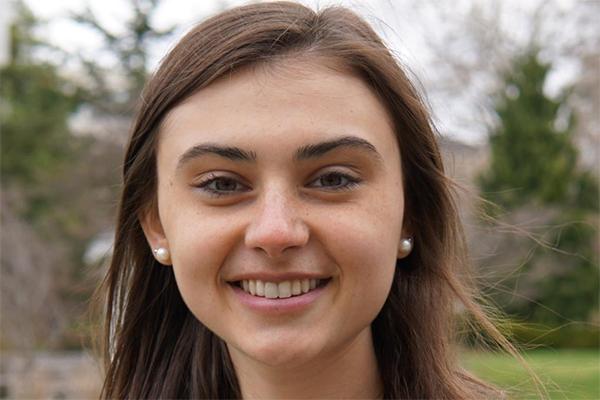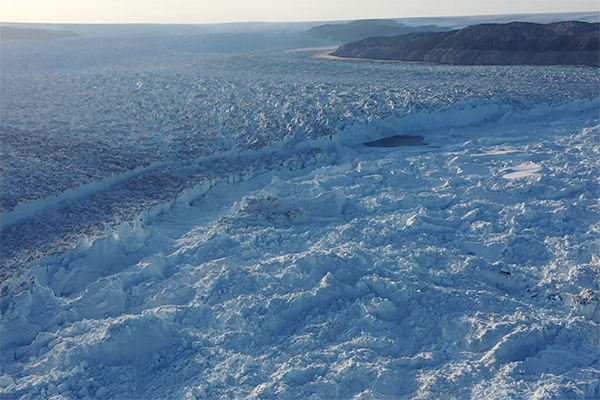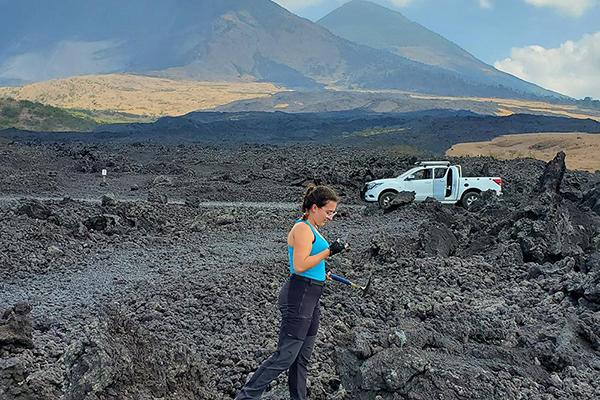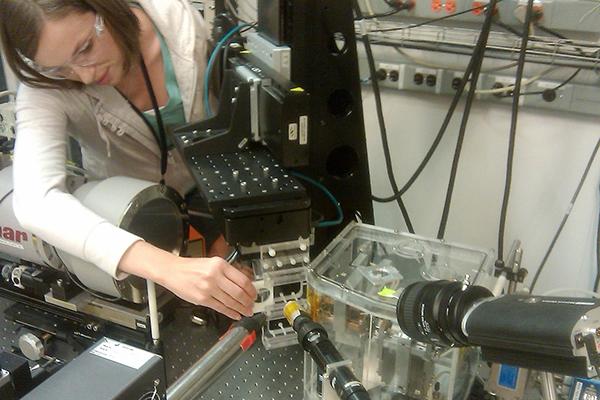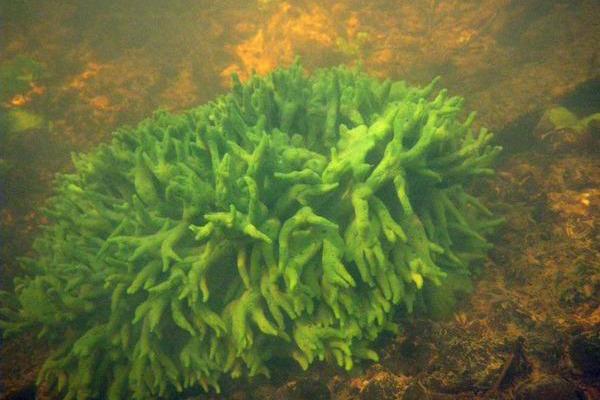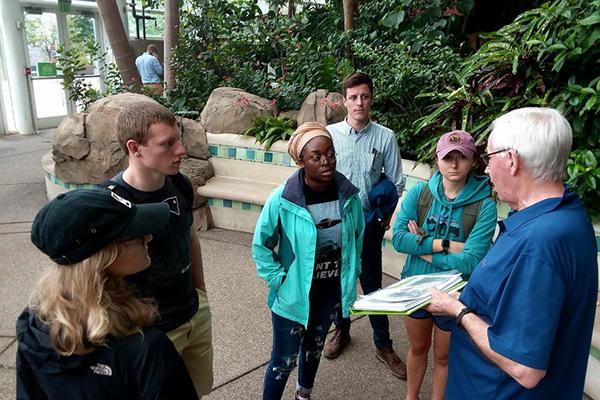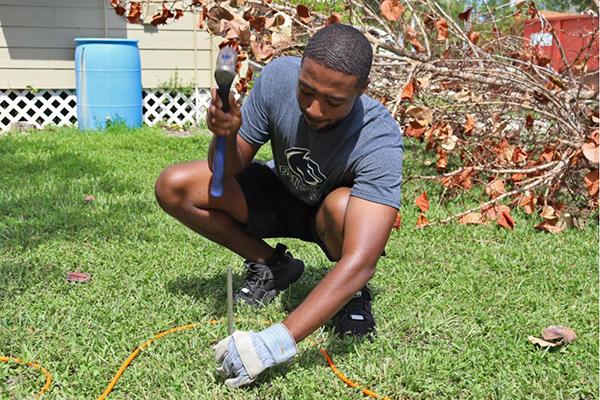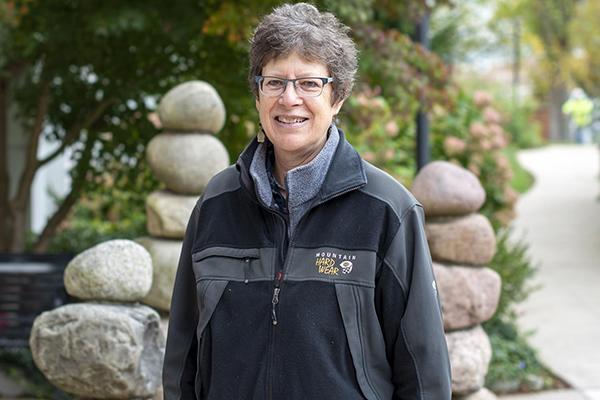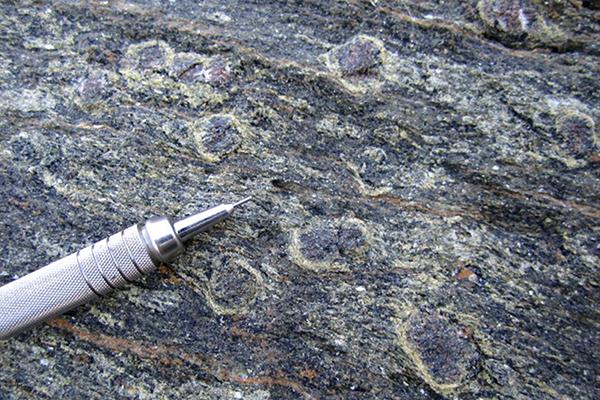Alysha Ulrich, a junior majoring in majoring in earth science and policy, is one of two students nominated to the national Udall Undergraduate Scholarship.
Dark patches of open sea that appear in the ice-choked water around Helheim Glacier may reveal new clues about how a rapidly changing Greenland glacier loses ice, according to a Penn State-led team of scientists.
Judit Gonzalez-Santana, a doctoral student in geosciences, was awarded an Outstanding Student Presentation Award (OSPA) from the American Geophysical Union (AGU) for her talk “Contrasting flank instability behaviors and volcanic activity styles at Pacaya Volcano, Guatemala.”
Penn State alumna Christina Lopano works at the National Energy Technology Laboratory (NETL), which is one of the three applied research labs among the 17 national labs operated under the Department of Energy (DOE). So, she said, she’s used to seeing the results of her work called upon for application in real-world settings.
Oxygen levels in the atmosphere during the mid-Proterozoic — about 1.4 billion years ago — were higher than previously thought, according to an international team of researchers who looked at oxygen combined with sulfur to determine that previous numbers were probably lower limits, not maximums.
Demi Badejo is an epidemiologist for the Maryland Department of Health and a 2019 graduate from Penn State. While she was a health policy and administration major at University Park, she decided to enroll in City Semester — an urban sustainability program offered through the Penn State Center Pittsburgh, in collaboration with the Sustainability Institute at Penn State. Badejo said the experience taught her more than urban sustainability; it changed her career path.
Unconventional oil and gas development (UOGD), commonly known as fracking, has helped Pennsylvania retain its status as a leading energy exporter, but UOGD processes come with a host of environmental and public health concerns. A new grant from HEI Energy will allow researchers to explore possible links between fracking and water contaminants in southwestern Pennsylvania.
When Cameron Brown was born, his mother — a labor and delivery nurse at a hospital in Queens, New York — introduced him to a tradition she gleaned from a Nigerian mother who was once her patient. As Brown took his first breaths, she whispered in his ear what she believed he would become: an architect.
Susan L. Brantley, Barnes Professor of Geosciences and director of the Earth and Environmental Systems Institute at Penn State, was elected a foreign associate of the French Academy of Sciences. The honor recognizes Brantley for her distinguished contributions to the field of earth sciences.
Ancient rocks on the coast of Oman that were once driven deep down toward Earth’s mantle may reveal new insights into subduction, an important tectonic process that fuels volcanoes and creates continents, according to an international team of scientists.


